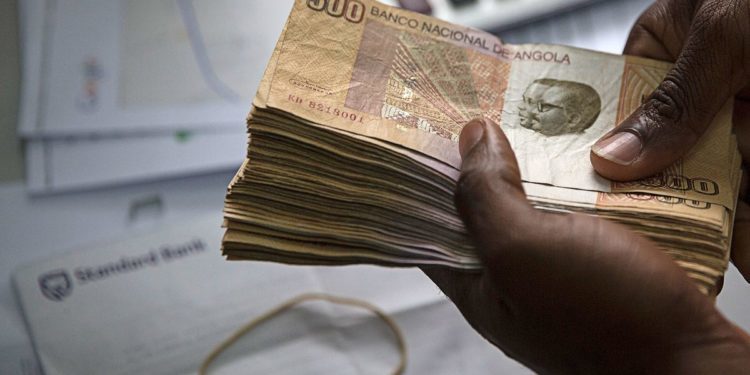Angola is taking advantage of higher oil prices to accelerate its debt-reduction plans and smooth out repayments to China, its largest creditor.
Africa’s second-largest crude producer owes China $18 billion, which is about 40% of its total external debt, after settling loans totalling $1.32 billion this year.
Repayments will be stepped up next year, and the southern African nation’s debt as a proportion of the gross domestic product is projected to fall to about 61% in 2023, down from 66% this year and more than 100% in 2020, Finance Minister Vera Daves de Sousa as quoted by Bloomberg.
She attributed the improvement in the metric to a rebound in the economy and the nation’s currency and the government’s conservative approach toward taking on new loans and determination to reduce interest costs. Angola’s kwanza has gained 21% against the dollar this year, supported by steady oil prices and high-interest rates.
The government said it aims to free up money by diversifying its sources of funding and further reducing its borrowing costs, although its options are limited in the current global environment.
“We will be very careful about the moment when we step into the market. We will look more at the concessional and semi-concessional financing, selling local bonds to international investors, tapping structured commercial loans from export credit agencies and entering into partnerships with private investors and multilateral finance institutions to build new infrastructure,” Finance Minister Vera Daves de Sousa.
Read also; Angola’s Central Bank Cuts Interest Rates to 19.5%, First Time Since 2019.




